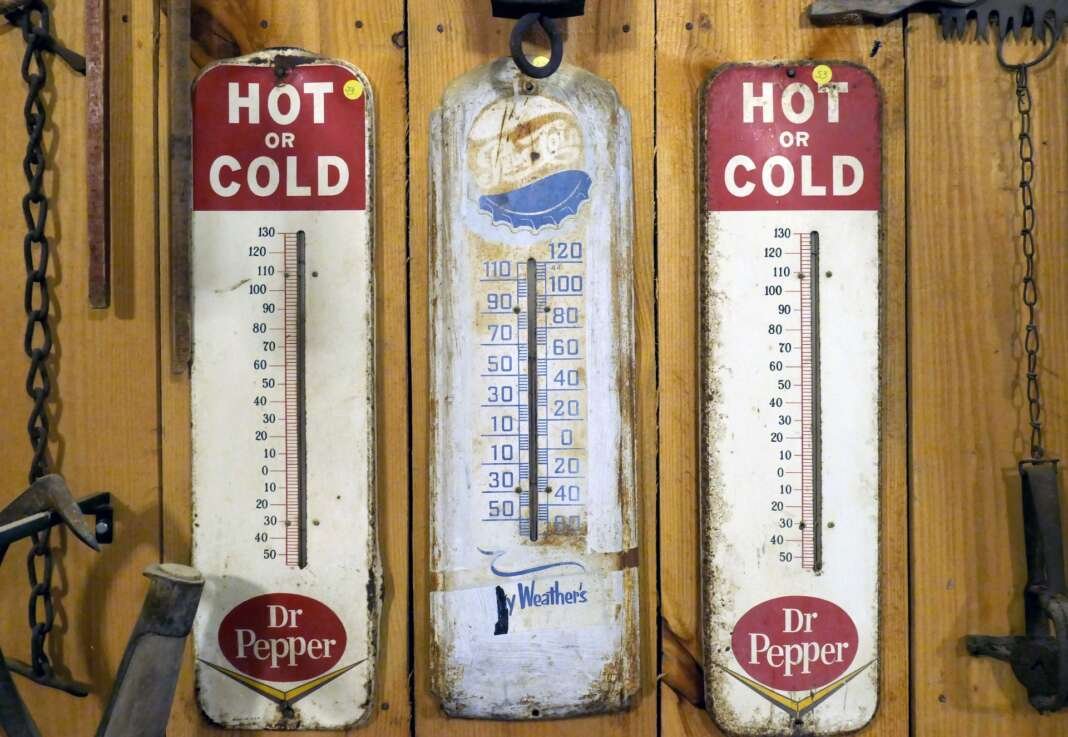The Answer: 37.5 Celsius is equal to 99.5 Fahrenheit!
Convert 37.5 C TO F
Celsius to Fahrenheit
Fahrenheit to Celsius
Have you ever wondered why we use different temperature scales like Celsius and Fahrenheit?
Well, let’s dive into the intriguing world of temperature measurement and learn how to convert 37.5 C to F.
Table of Contents

The Conversion Formula – Celsius and Fahrenheit
To change from Celsius to Fahrenheit (or vice versa), you just need one simple formula.
To convert from Celsius to Fahrenheit:
°F = (°C x 9/5) + 32
Therefore if you want to know how hot 37.5 degrees Celsius feels on the Fahrenheit scale, you can easily plug it into this formula.
Step-by-Step Conversion Process:
To convert 37.5°C to Fahrenheit, follow these simple steps:
a. Multiply 37.5 by 9/5.
b. Add 32 to the result obtained in step a.
Applying the Formula:
Using the steps above, let’s apply the conversion formula to our mysterious temperature:
a. (37.5 × 9/5) + 32 = 99.5°F
Voilà! We have successfully translated the enigmatic 37.5°C into its Fahrenheit equivalent of 99.5°F.
Temperature Converter Table: 37.5 C to F
| Celsius (°C) | Fahrenheit (°F) |
|---|
Celsius vs. Fahrenheit – The Differences
The Celsius scale, also known as the centigrade scale, is commonly used worldwide except in a few places like the United States.
On this scale, water freezes at 0 degrees Celsius and boils at 100 degrees Celsius under standard atmospheric pressure.
On the other hand, Mr. Fahrenheit introduced his eponymous temperature scale back in the early 18th century.
The fascinating thing about this scale is that it was initially defined using a mixture of ice, water, and ammonium chloride – known as “Fahrenheit’s Elixir.”
Under this bizarre system invented by Daniel Gabriel Fahrenheit himself, water freezes at 32 degrees and boils at precisely 212 degrees.
Why Do We Use Different Temperature Scales?
You may be wondering: why can’t we just settle on one universal temperature unit?
The answer lies deep within history!
Various cultures throughout time have developed their methods for measuring heat based on factors such as reference points or practical applications.
As science progressed over centuries with global collaboration becoming increasingly essential, there arose a need for universal standards to ensure accurate communication between scientists worldwide.
Hence emerged not only differences but also a common ground for unique measurement systems like Celsius and Fahrenheit!
Historical Context
Celsius, or the centigrade scale, was developed by Anders Celsius in the 18th century.
Hailing from Sweden, Celsius based his scale on a convenient and logical concept – water’s freezing point at 0 degrees and its boiling point at 100 degrees under standard atmospheric pressure.
This scale brought forth an incredible simplicity by dividing temperature into a metric system which would later become universally adopted.
Meanwhile, Fahrenheit emerged as an alternative in the early 18th century through the hands of Daniel Gabriel Fahrenheit from Poland.
Originating amidst a tumultuous period in Europe marked by conflicts over religious doctrines and territorial disputes, Fahrenheit’s development paralleled this turbulent era.
His scale revolved around basing zero degrees on what he believed to be the coldest temperature attainable through natural means: namely, using a mixture of ice salt brine as his reference point for this extreme cold; enabling him to then set water’s boiling point at precisely 212 degrees on his scale – exactly four times that of his chosen zero-point temperature.
The intricate details behind both scales tantalize us with contrasting perspectives on defining numerical values for temperature measurement while reflecting distinct moments throughout history where science intertwined with culture and human aspirations.

Read Also
Frequently Asked Questions
Why do we need to convert Celsius to Fahrenheit?
Temperature is measured in different scales worldwide, with Celsius and Fahrenheit being the most commonly used. Converting between the two scales allows for better communication and understanding, especially when dealing with international standards, specific industries, or personal preferences.
Who invented the Celsius and Fahrenheit scales?
Anders Celsius, a Swedish astronomer, mathematician, and physicist, developed the Celsius scale in 1742. Meanwhile, the Fahrenheit scale was created by Daniel Gabriel Fahrenheit, a Polish-German physicist, in 1724.
Is there a simple formula for converting Celsius to Fahrenheit?
Yes, the conversion formula is: °F = (9/5 × °C) + 32. By multiplying Celsius by 9/5 and adding 32, you can convert any Celsius temperature to Fahrenheit.
Can the Celsius and Fahrenheit scales be directly compared?
Although the Celsius and Fahrenheit scales share the same numerical points at -40°C/-40°F and -40°C/-40°F, they have different intervals between degree markings and reference points. As such, you cannot directly compare temperatures on these scales without using the conversion formula.
Why is 37.5 c to f specifically mentioned in this article?
In this article, we chose 37.5 c to f as an example temperature for conversion to add specificity and provide a real-life context for applying the conversion formula.
Are there any practical applications for converting Celsius to Fahrenheit?
Absolutely! Converting temperatures is useful in various fields, such as weather forecasting, cooking recipes from different regions, industrial processes, and medical settings where temperature measurements are crucial.
Can you convert Fahrenheit to Celsius using the same formula?
Yes, you can convert Fahrenheit to Celsius by rearranging the formula: °C = (°F – 32) × 5/9. Subtract 32 from the Fahrenheit temperature and multiply the result by 5/9 to obtain the equivalent in Celsius.
Why is the Fahrenheit scale still used in some countries?
The Fahrenheit scale is primarily used in the United States, as it originated there. It continues to be part of colloquial conversations, weather forecasting, and older systems in industries. However, the Celsius scale, also known as the Metric system, is widely adopted globally for scientific, industrial, and international standards.
Can I estimate temperatures using conversion skills?
Yes! With practice, you can develop estimation techniques to assess temperatures in either Celsius or Fahrenheit without relying on calculations. This can be useful for quick assessments or when a thermometer is not readily available.
Are there any interesting temperature-related facts and records?
Absolutely! From the concept of absolute zero to the extreme temperatures found on other planets, the world of temperature holds numerous curious and intriguing facts. Additionally, there are temperature-related records, such as the hottest and coldest temperatures ever recorded on Earth, which showcase the extremes of our planet’s climate.


